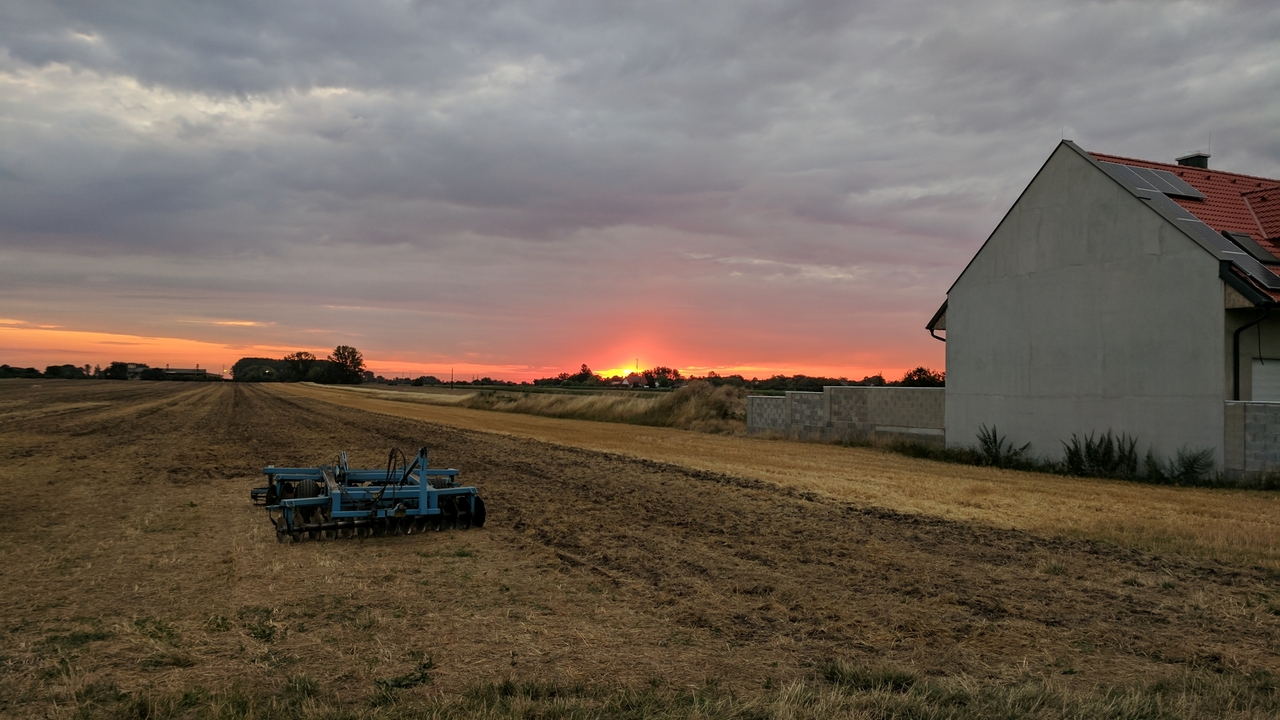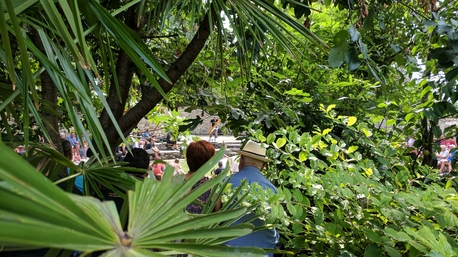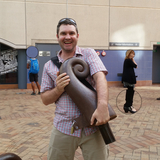Written by:
Share article:
Day One: Smoking is Bathing
During Bennink’s solos, he called out Roelofs’ name, standard jazz procedure given an enthusiastic reboot in an improvised context for payoff of enthusiastic appreciation from audience. They said something about Mahler from the stage, then played Dolphy; if only that was how every mention of Mahler could go from now on. A meandery, charcoal-dark ballad from Roelofs’ clarinet found Bennink walking around the outside of his kit, playing the bass drum with his hand on the backwards side and the cymbals with his brandished stool. He took place center stage with the snare, and transformed the brooding dusk into the very crux of swing. A percolating rumba with bubbly bass-clarinet sailed into harbor with careful brushwork, like the whiskers on your favorite cat calligraphing a love letter on your cheek as it purrs away. The moments when Bennink swung his leg back and forth over the snare––providing no additional sound but generating warm applause for the gymnastics––reminded me of the opening set of the festival in 2007, when Frank Gratkowski and Misha Mengelberg’s duet ended with Misha playing the air like it was a piano. He was in the air a lot this weekend.
The second set was some straight-for-the-jugular free jazz from Paal Nilssen-Love (drums), Jon Rune Strøm (doublebass), Steve Swell (trombone) and Ken Vandermark (reeds). Flagrant fireworks and explosions in diagonal directions. Chaos expressed, check. The rhythm section somehow found themselves playing a heavy funk sway in the midst of the pyrotechnics, a lumbering lull like a slowdown in heavy metal, something to put the rest of the body back into it after a bunch of head banging. It felt natural, or at least as natural as fucking a jelly donut, but it didn’t last, and the blast offs reburst.
The evening ended with the Clifford Thornton Memorial Quartet: Jean-Marc Foussat (analog synth), Daunik Lazro (saxophones), Joe McPhee (wind instruments), Makoto Sato (drums). This set went all over the place: joyous, confused, mournful and heartwarming. And maybe that’s appropriate when we remember someone important to us. Sato’s mallet work provided an essential heartbeat which I’m not sure Lazro’s sweet, rather sentimental tone complimented or contaminated. Foussat’s synth was mixed too loudly, so when he put all his weight into it the others couldn’t match the decibel range. At one point McPhee bent down to scream into his mic, an intense and cathartic rage simultaneously mourning and celebrating his friend’s life and music, while Foussat matched the volume of McPhee’s release with the touch of a button. I have no objection to electronics whatsoever, but the disparity in effort and intensity made Foussat’s contribution feel artificial. McPhee played a valve trombone given to him by Thornton, and it was McPhee’s dedication to echoes of Thornton’s music that kept this set together.
Sometime between the concerts I went to spend time in this year’s Sound Art exhibit, and as I was falling asleep that night I kept thinking about Angélica Castelló’s Magnetic Room. Five amorphous, organ-like shapes made of knit cassette-like tape hang from the ceiling to form one mass of vibrating energy. Even in a dim barn, light inevitably hits the curled tape in thousands of folds, so it glistens like a sweaty reptile just crawling out of a pleasant swamp. A pedestal rests just underneath the floating mass, so as the mass inevitably sways, its movements are amplified by the frame the pedestal provides. A small, red, house-shaped block also rests on the pedestal. Nearby is a cassette player and a pair of headphones. I don’t remember anything about the sounds on the cassette, but the images of the sculpted object presented to my mind an instruction manual for how worry works, how it can be contained, how it can be freed, how it can be darkened, how it can be productive, and maybe even how to think about consuming it.




